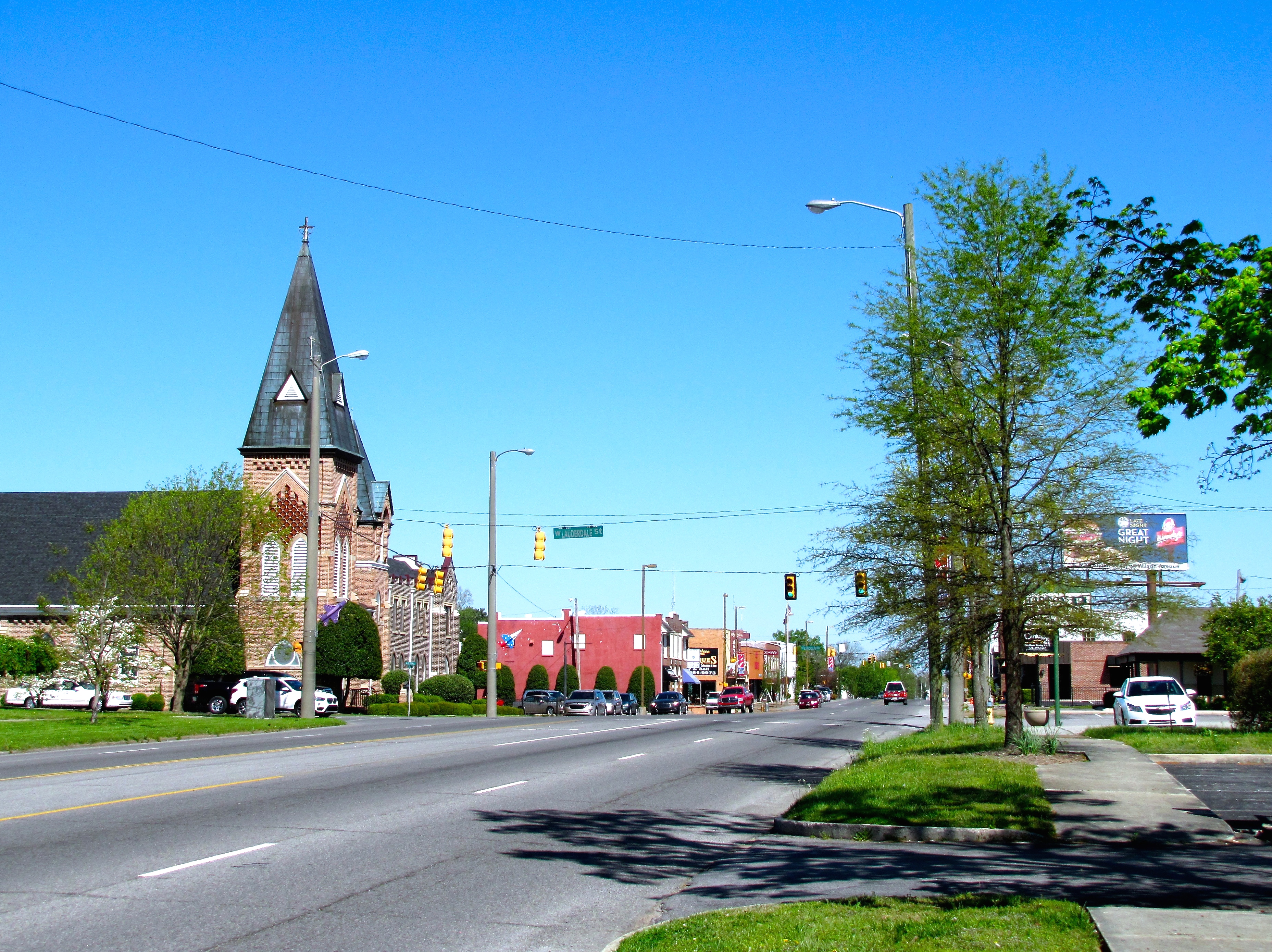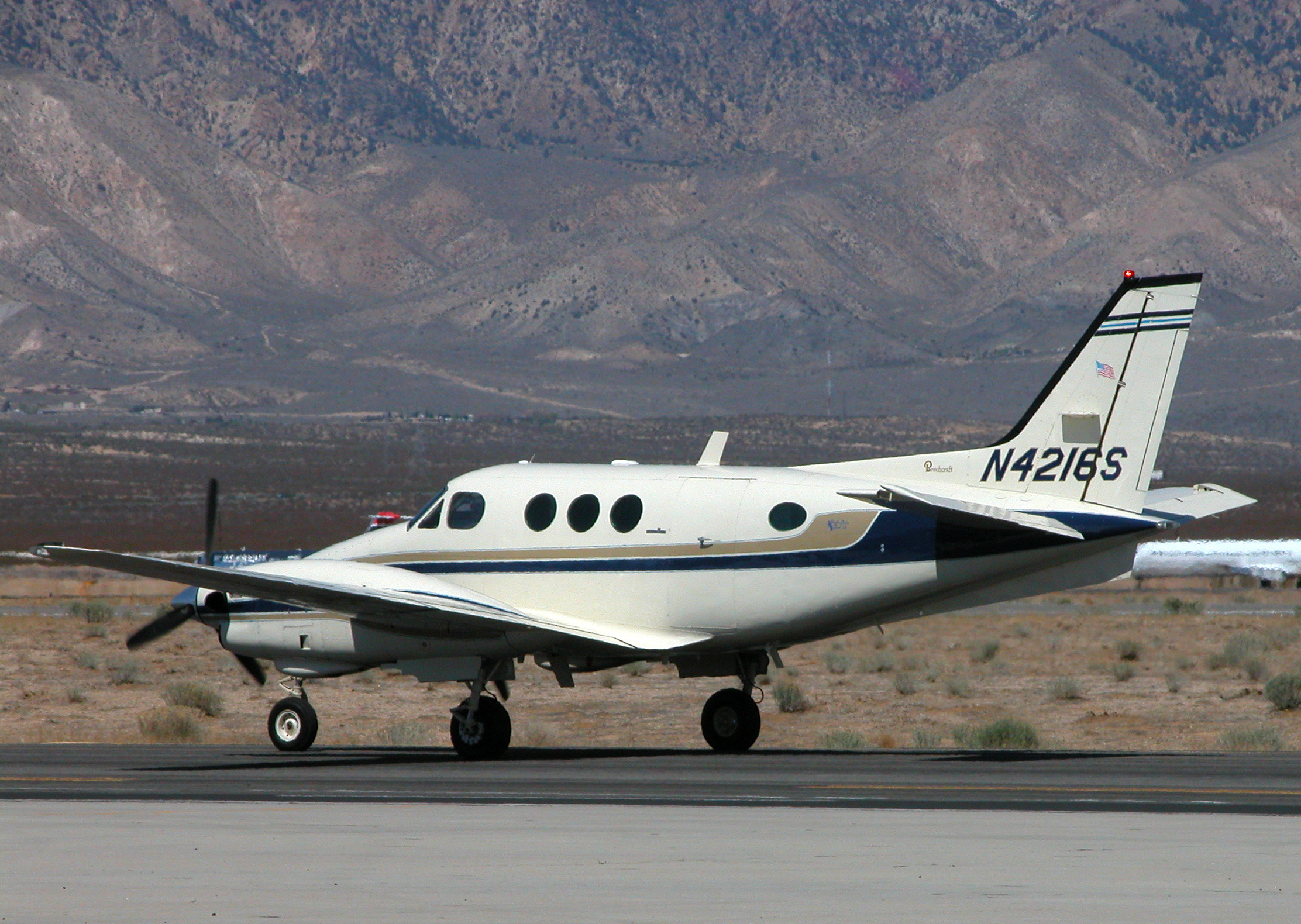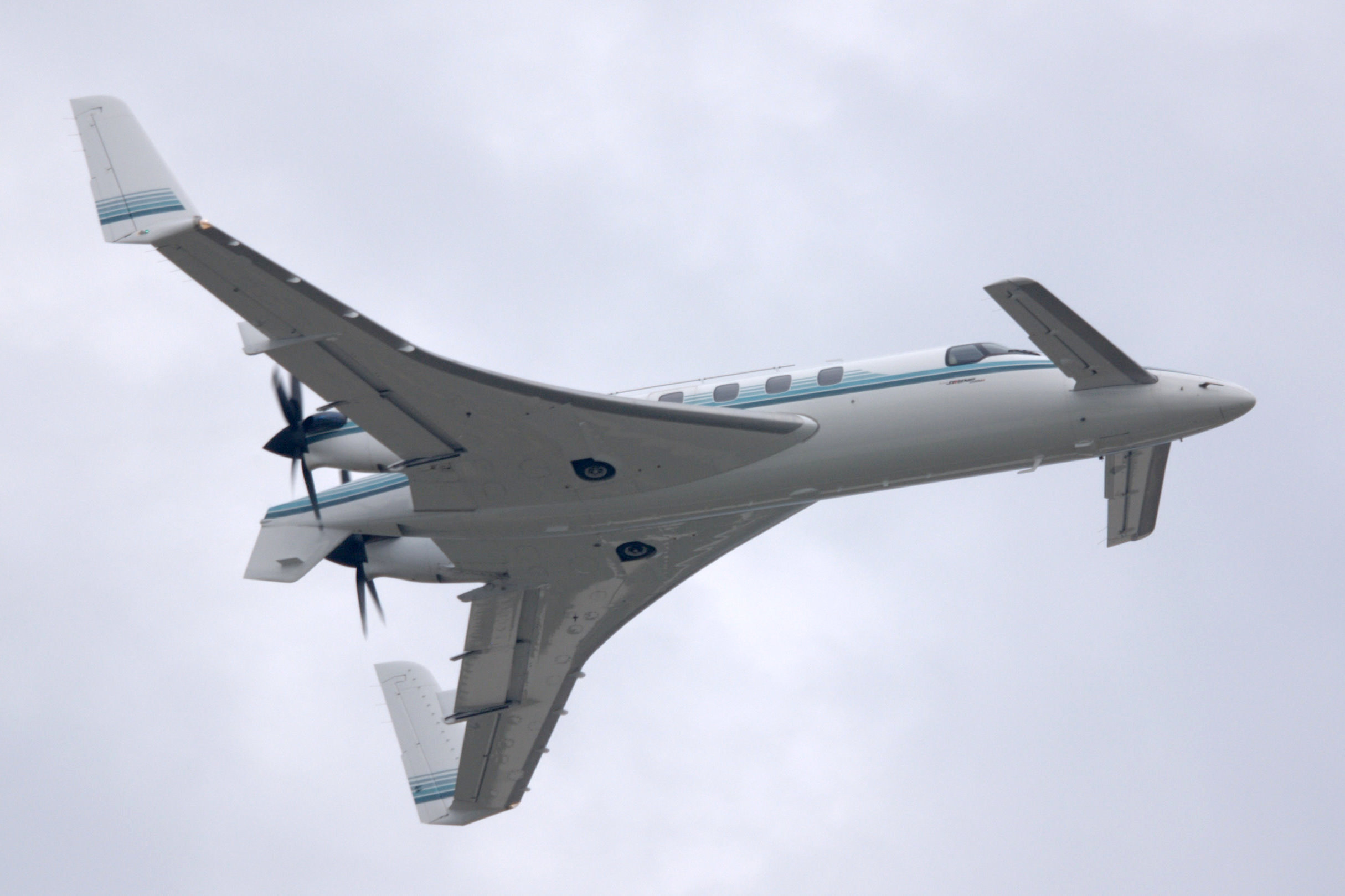|
Beechcraft Heritage Museum
The Beechcraft Heritage Museum is an aviation museum at the Tullahoma Regional Airport in Tullahoma, Tennessee. It is focused on the history of the Beech Aircraft Corporation. History The museum was founded by Carolyn and Richard Perry, Louise Thaden, W. C. Yarbrough, and John Parrish in October 1973 as the Staggerwing Museum Foundation. The museum opened to the public in June 1975. It became the Beechcraft Heritage Museum in 2007. Fly-in The museum holds an annual fly-in called the "Beech Party". Aircraft on display * Bay Super V ''SV109'' * Bayles Lightning ''RB01'' * Beechcraft AT-11 Kansan ''41-27516A'' * Beechcraft 17R Staggerwing ''1'' * Beechcraft B17L Staggerwing ''21'' * Beechcraft C17L Staggerwing ''100'' * Beechcraft D17S Staggerwing ''395'' * Beechcraft D17S Staggerwing ''4835'' * Beechcraft E17B Staggerwing ''231'' * Beechcraft F17D Staggerwing ''333'' * Beechcraft G17S Staggerwing ''B-3'' * Beechcraft G17S Staggerwing ''B-7'' * Beechcraft S18D ''178'' * ... [...More Info...] [...Related Items...] OR: [Wikipedia] [Google] [Baidu] |
Tullahoma, Tennessee
Tullahoma is a city in Coffee and Franklin counties in southern Middle Tennessee, United States. The population was 20,339 at the 2020 census. In 2019, the population was estimated to be 19,555. It is the principal city of the Tullahoma micropolitan area (a 2009 estimate placed it at 99,927), which consists of Coffee, Franklin, and Moore counties and is the second largest micropolitan area in Tennessee. History Tullahoma was founded in 1852 as a work camp along the new Nashville and Chattanooga Railroad. Its name is derived from the Choctaw language, and means "red rock". An alternative explanation (see Sam Davis Elliott's ''Soldier of Tennessee'' and sources cited therein) of the name is that Peter Decherd, who donated the land for the railroad right-of-way (and was therefore given the right to name two stations along the line), named one station Decherd, after himself, and the other as Tulkahoma (later changed to Tullahoma). Tullahoma was the name of Decherd's favorite hors ... [...More Info...] [...Related Items...] OR: [Wikipedia] [Google] [Baidu] |
Beechcraft Twin Bonanza
The Beechcraft Model 50 Twin Bonanza is a small twin-engined aircraft designed by Beechcraft as an executive transport for the business market. It was developed to fill a gap in Beechcraft's product line between the single-engined Model 35 Bonanza and the larger Model 18. The Twin Bonanza is dissimilar to the Bonanza, being much larger and heavier and using more powerful engines, while in its earliest form having only half the passenger capacity of the Model 18. Development The Twin Bonanza was first flown on November 15, 1949 after rapid development, begun only in April of that year. The aircraft was first designed to use Franklin engines with superchargers, but engine company owner Preston Tucker diverted all of its aviation resources to support his ill-fated Tucker 48 automobile project, and the aircraft was hastily modified to accept the Lycoming GO-435. However, the engine nacelles were not redesigned to fit the smaller Lycoming, creating unusually generous internal cl ... [...More Info...] [...Related Items...] OR: [Wikipedia] [Google] [Baidu] |
Museums Established In 1973
A museum ( ; plural museums or, rarely, musea) is a building or institution that cares for and displays a collection of artifacts and other objects of artistic, cultural, historical, or scientific importance. Many public museums make these items available for public viewing through exhibits that may be permanent or temporary. The largest museums are located in major cities throughout the world, while thousands of local museums exist in smaller cities, towns, and rural areas. Museums have varying aims, ranging from the conservation and documentation of their collection, serving researchers and specialists, to catering to the general public. The goal of serving researchers is not only scientific, but intended to serve the general public. There are many types of museums, including art museums, natural history museums, science museums, war museums, and children's museums. According to the International Council of Museums (ICOM), there are more than 55,000 museums in 202 countries ... [...More Info...] [...Related Items...] OR: [Wikipedia] [Google] [Baidu] |
Aerospace Museums In The United States
Aerospace is a term used to collectively refer to the atmosphere and outer space. Aerospace activity is very diverse, with a multitude of commercial, industrial and military applications. Aerospace engineering consists of aeronautics and astronautics. Aerospace organizations research, design, manufacture, operate, or maintain both aircraft and spacecraft. The beginning of space and the ending of the air is considered as 100 km (62 mi) above the ground according to the physical explanation that the air pressure is too low for a lifting body to generate meaningful lift force without exceeding orbital velocity. Overview In most industrial countries, the aerospace industry is a cooperation of the public and private sectors. For example, several states have a civilian space program funded by the government, such as National Aeronautics and Space Administration in the United States, European Space Agency in Europe, the Canadian Space Agency in Canada, Indian Space R ... [...More Info...] [...Related Items...] OR: [Wikipedia] [Google] [Baidu] |
List Of Aviation Museums
This is a list of aviation museums and museums that contain significant aerospace-related exhibits throughout the world. The aviation museums are listed alphabetically by country and their article name. Afghanistan * OMAR Mine Museum, Kabul - includes a large collection of Soviet aircraft Argentina * , Bahía Blanca * Museo Nacional de Aeronáutica de Argentina, Morón Armenia * Civil Aviation Museum, Zvartnots Australia Australian Capital Territory * Australian War Memorial, Canberra New South Wales * Australian Aviation Museum, Bankstown * Camden Museum of Aviation, Camden * Luskintyre Aviation Flying Museum, Hunter Region * Temora Aviation Museum, Temora * Fighter World Museum, RAAF Williamtown * Narromine Aviation Museum, Narromine * Historical Aircraft Restoration Society, Illawarra Regional Airport, Albion Park Rail * Fleet Air Arm Museum, Nowra * Powerhouse Museum, Sydney * RAAF Wagga Heritage Centre, Wagga Wagga Northern Territory * Central Australian Avia ... [...More Info...] [...Related Items...] OR: [Wikipedia] [Google] [Baidu] |
Travel Air Type R Mystery Ship
The Type R "Mystery Ships" were a series of wire-braced, low-wing racing airplanes built by the Travel Air company in the late 1920s and early 1930s. They were so called, because the first three aircraft of the series (R614K, R613K, B11D) were built entirely in secrecy. In total, five Type Rs were built and flown by some of the most notable flyers of the day, including Jimmy Doolittle, Doug Davis, Frank Hawks, and Pancho Barnes, not only in races but also at air shows across the United States, and most notably, by Hawks in Europe. Design and development The environment in air racing at the time was one of give and take with the military. A civilian designer would take an existing aircraft design, modify it for greater speed and enter it in the race. Since the military already had access to the fastest and most advanced aircraft available, it was simply a matter of upping the horsepower on whatever aircraft they were using and the problem was solved. This led to the military c ... [...More Info...] [...Related Items...] OR: [Wikipedia] [Google] [Baidu] |
Travel Air 4000
The Travel Air 2000/3000/4000 (originally, the Model A, Model B and Model BH were open-cockpit biplane aircraft produced in the United States in the late 1920s by the Travel Air Manufacturing Company. During the period from 1924–1929, Travel Air produced more aircraft than any other American manufacturer, including over 1,000 biplanes. While an exact number is almost impossible to ascertain due to the number of conversions and rebuilds, some estimates for Travel Air as a whole range from 1,200 to nearly 2,000 aircraft.Wilkinson, 28 February 2014, pp.? Design and development Design and development The Travel Air Model A was engineered chiefly by Lloyd Stearman, with input from Travel Air co-founders Walter Beech, Clyde Cessna, and Bill Snook and could trace its ancestry back to the Swallow New Swallow biplane. The Travel Air, however, replaced the New Swallow's wooden fuselage structure with a welded steel tube. An interim design, the Winstead Special, was developed by the ... [...More Info...] [...Related Items...] OR: [Wikipedia] [Google] [Baidu] |
Travel Air 1000
The Travel Air 1000 was an American single-engined biplane, the first product of the newly formed Travel Air Manufacturing Company of Wichita, Kansas. It led to a line of Travel Air biplanes produced until 1930 when the company was bought by Curtiss-Wright. Design and development The Travel Air Company was formed in early 1925. The Travel Air 1000 was the first design by the company. A conventional biplane with two open cockpits in tandem, with the pilot at the rear. It was powered by a Curtiss OX-5 engine and had a conventional landing gear with a tailskid. The Travel Air 1000 registered ''NC241'' first flew on 13 March 1925 flown by Walter Beech. With some minor changes it was developed into the Travel Air 2000. Aircraft on display The Travel Air 1000 is owned by the Experimental Aircraft Association and is on display at the Beechcraft Heritage Museum in Tullahoma, Tennessee. Specifications References Notes Bibliography * {{Travel Air aircraft 1920s United ... [...More Info...] [...Related Items...] OR: [Wikipedia] [Google] [Baidu] |
Swallow TP
The Swallow TP was a trainer aircraft produced by the Swallow Airplane Company in the United States from 1928. Design and construction The TP was a simple and rugged biplane design with room for an instructor and student in tandem open cockpits. The fuselage was made from welded steel tubing, faired to shape and then fabric covered. The wings were typical of the day with Spruce spars, spruce & plywood ribs with fabric covering. Built to be easy to fly, and for ease of maintenance, the Swallow TP was quite popular with nearly 200 being built. Initially the TP was offered with the ubiquitous Curtiss OX-5. Later, it was offered with a choice of a Siemens-Halske, Kinner, or Warner engines. Most customers opted for the OX-5 which was the cheapest. Variants ''Data from:Aerofiles ;TP :Main production variant with a Curtiss OX-5 engine, about 200 built. ;TP-K :Production variant with a five-cylinder Kinner K-5 engine, 20 to 25 built. ;TP-W :Production variant with a seven-cylinder Wa ... [...More Info...] [...Related Items...] OR: [Wikipedia] [Google] [Baidu] |
Beechcraft U-21 Ute
The Beechcraft King Air is a line of American utility aircraft produced by Beechcraft. The King Air line comprises a number of twin-turboprop models that have been divided into two families. The Model 90 and 100 series developed in the 1960s are known as King Airs, while the later T-tail Model 200 and 300 series were originally marketed as Super King Airs, with the name "Super" being dropped by Beechcraft in 1996 (although it is still often used to differentiate the 200 and 300 series King Airs from their smaller stablemates). The King Air was the first aircraft in its class and was produced continuously from 1964 to 2021. It outsold all of its turboprop competitors combined. It has recently faced competition from jet aircraft such as the Embraer Phenom 100, Honda HA-420 HondaJet and Cessna Citation Mustang; as well as from newer turboprop aircraft including the Piaggio P180 Avanti, and single-engine Piper Malibu Meridian, Pilatus PC-12, and Socata TBM. Development Model ... [...More Info...] [...Related Items...] OR: [Wikipedia] [Google] [Baidu] |
Beechcraft 2000A Starship
The Beechcraft Starship is a twin- turboprop six- to eight-passenger pressurized business aircraft produced by Beech Aircraft Corporation. Development Development of the Starship began in 1979 when Beech decided to explore designs for a successor to its King Air line of turboprops that would fly faster and carry more passengers. The design was originated by Beechcraft in January 1980 as Preliminary Design 330 (PD 330). Beechcraft President Linden Blue was the executive sponsor of the project at its inception. Max E. Bleck was the Beechcraft President who oversaw its subsequent production. C.R. Stoner, head of Beechcraft’s Experimental division, was the project manager. On August 25, 1982, Beech contracted with Scaled Composites to refine the design and build an 85% scale proof-of-concept (POC) aircraft. One of the significant changes made to the design by Scaled Composites was the addition of variable geometry to the canard. The POC aircraft first flew in August 1 ... [...More Info...] [...Related Items...] OR: [Wikipedia] [Google] [Baidu] |
Beechcraft Travel Air
The Beechcraft Travel Air was a twin-engine development of the Beechcraft Bonanza. It was designed to fill the gap between the single engine Model 35 Bonanza and the much larger Model 50 Twin Bonanza, and ultimately served as the basis for its replacement, the Baron. Phillips, Edward H., : ''Beechcraft - Staggerwing to Starship'', page 62–63 Design and development Designed as a competitor to the Cessna 310 and the Piper Apache, the Travel Air (developed as the Badger) took many design features from previous Beechcraft airplanes. It took its basic design from the Model 35 Bonanza, fitted with the vertical stabilizer from the T-34 Mentor, and two four-cylinder engines. Its wing spar was borrowed from the large Model 50 Twin Bonanza, along with thicker gauge aluminum on the leading edge; landing gear systems had been taken from the United States Navy Mentor, which was a stronger structure built for training pilots for later aircraft carrier landings. Power came from, in t ... [...More Info...] [...Related Items...] OR: [Wikipedia] [Google] [Baidu] |


.jpg)

.jpg)



